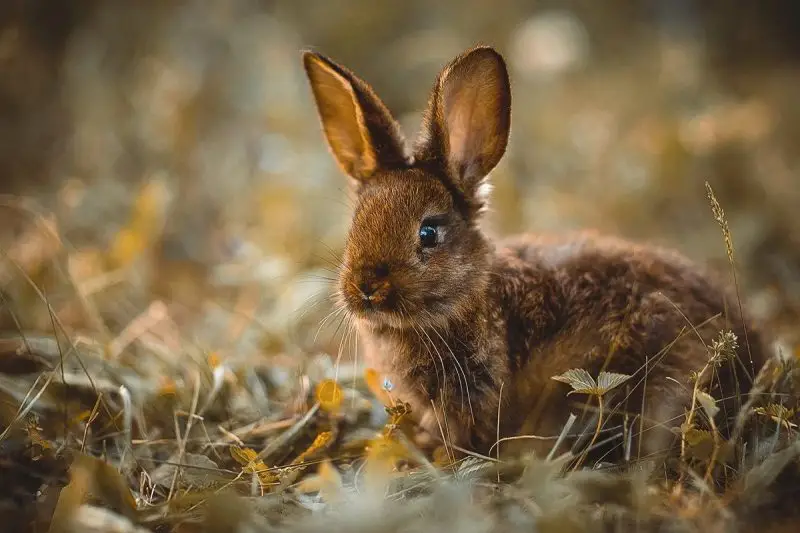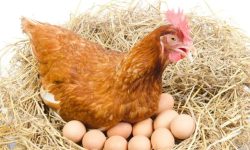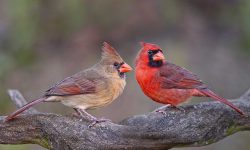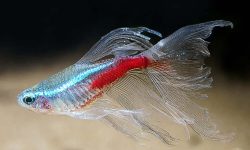In the forests, meadows, and suburban edges of North and Central America, wild rabbits of the genus Sylvilagus—commonly known as cottontail rabbits—live surprisingly complex and adaptive lives. Though often associated with garden raids and grassy fields, these rabbits are selective, seasonal foragers with a diet rooted in evolutionary necessity. Unlike domestic rabbits (Oryctolagus cuniculus), cottontails rely on instinct, environmental cues, and a finely tuned digestive system to thrive in unpredictable natural environments. This article explores what wild rabbits eat, focusing specifically on the diet of Sylvilagus cottontails, and contrasts their foraging behaviors and biological adaptations with those of domestic rabbits.

Overview of the Sylvilagus Genus
The genus Sylvilagus includes over a dozen species, such as the Eastern cottontail (Sylvilagus floridanus), Desert cottontail (Sylvilagus audubonii), and Mountain cottontail (Sylvilagus nuttallii). These species inhabit diverse ecosystems—from arid scrublands to wooded suburbs—but all share similar foraging behaviors.
Unlike their European counterparts, cottontails do not burrow extensively. Instead, they shelter under dense vegetation, brush piles, or natural hollows, making their diet dependent on accessible surface vegetation and seasonal availability.
Top 12 Favorite Foods of Sylvilagus Cottontails (Ranked)
- Fresh Grasses – Their primary and most consistent food source, offering high fiber content.
- Clover (Trifolium spp.) – High in protein and minerals; especially favored during spring and summer.
- Dandelion Greens and Flowers (Taraxacum officinale) – Nutritious and easily accessible in open habitats.
- Plantain Leaves (Plantago spp.) – Offer both nutrition and medicinal benefits for gut health.
- Wild Herbs and Soft Weeds – Includes chickweed, purslane, and sow thistle; soft and rich in micronutrients.
- Garden Vegetables (Leafy Greens) – Opportunistic consumption of lettuce, kale, spinach when near human habitation.
- Woody Bark and Twigs – Essential in winter; includes maple, birch, apple, and willow branches.
- Oak and Maple Leaves – Consumed in early spring when young leaves are tender.
- Wild Strawberry Leaves and Vines – Consumed more often than the fruit itself.
- Alfalfa (Medicago sativa) – Nutrient-dense and highly palatable, especially for young rabbits.
- Fallen Fruits (Apples, Berries) – Eaten in moderation due to high sugar content.
- Bud Tips and Flowering Shoots – Seasonal treats from shrubs and herbaceous plants.
Primary Components of the Cottontail Rabbit Diet
Fresh Grasses
The backbone of a cottontail’s diet is grass, including species like bluegrass, ryegrass, and wild fescue. Grasses are abundant, fibrous, and digestible with the help of the rabbit’s specialized gut bacteria.
Clover (Trifolium spp.)
Highly preferred during the growing season, clover offers higher protein and mineral content than standard grasses. Wild rabbits often seek out clover patches at dawn or dusk.
Dandelion Greens and Flowers (Taraxacum officinale)
Dandelions are rich in calcium, vitamin A, and antioxidants. Both the greens and flowers are eagerly consumed by cottontails and serve as a seasonal nutrient booster.
Plantain Leaves (Plantago spp.)
Common in disturbed habitats, plantain provides essential minerals and fiber. These leaves also have natural antimicrobial properties, making them a potential gut health aid.
Wild Herbs and Soft Weeds
Cottontails enjoy sow thistle, chickweed, purslane, and other soft-stemmed weeds. These plants contain moisture and trace minerals valuable in dry conditions.
Woody Plant Material
In winter or dry spells, cottontails switch to bark, twigs, and buds. They target maple, birch, apple, and willow, especially younger shoots that are easier to chew and digest.
Garden Vegetables (Opportunistic Eating)
In suburban areas, cottontails may feed on lettuce, kale, green beans, and pea shoots if gardens are unprotected. Their preference leans toward leafy greens over fruit or root vegetables.
Fruit (Rare Treats)
Though not a staple, cottontails may nibble on wild apples, berries, and fallen fruit when available. These are consumed in moderation due to their sugar content.
Oak and Maple Leaves (Seasonally Dependent)
In early spring or late fall, young leaves from oak and maple trees become part of the rabbit’s foraging routine. Older, tannin-rich leaves are usually avoided.
Comparing Wild and Domestic Rabbit Diets
Foraging vs. Fed
Domestic rabbits are often provided with a fixed, balanced diet composed of timothy hay, pellets, and washed greens. In contrast, wild Sylvilagus rabbits forage selectively, adapting to seasonal and regional plant availability. This creates a more varied but less predictable diet.
Instinctive Selection
Wild rabbits must distinguish between edible and toxic plants using innate and learned behaviors. This requires sharper instincts than domestic rabbits, who rely on humans for safe options.
Nutrient Prioritization
While domestic diets are optimized for ideal growth and reproductive health, wild diets are driven by survival and digestive efficiency. Cottontails consume high-fiber, low-calorie food that supports continuous gut movement and tooth wear regulation.
The Rabbit Digestive System: Built for Fiber
Cottontail rabbits, like all lagomorphs, possess a hindgut fermentation system. After initial digestion in the stomach and small intestine, fibrous food moves to the cecum, a large chamber where bacteria break down cellulose.
The cecum is crucial because it ferments the complex carbohydrates in grasses and leaves, converting them into volatile fatty acids and essential nutrients. This process allows wild rabbits to extract maximum value from low-energy food.
Coprophagy: Eating to Digest Twice
What Is Coprophagy?
One of the most unusual yet essential behaviors of rabbits is coprophagy—the reingestion of nutrient-rich feces known as cecotropes. Produced in the cecum, cecotropes are soft, shiny, and eaten directly from the anus.
Why It’s Critical
Cecotropes contain vitamins B and K, amino acids, and partially digested plant matter, which would otherwise be lost. This behavior maximizes nutrient absorption and ensures gut bacteria remain balanced.
Difference from Normal Droppings
Unlike dry, round fecal pellets, cecotropes are darker, clustered, and softer. Wild rabbits often consume them unnoticed, especially during early morning hours.
Feeding Patterns and Behavior in the Wild
Crepuscular Activity
Cottontails are crepuscular—most active at dawn and dusk. These periods provide optimal visibility and foraging conditions while minimizing predator exposure.
Territorial Feeding Ranges
Wild rabbits maintain small home ranges, often only a few acres, where they repeatedly forage known food sources. This routine enables efficient nutrient intake and predator awareness.
Seasonal Dietary Shifts
In spring and summer, their diet is dominated by fresh greens and herbs. In autumn, they switch to fallen leaves, seeds, and the bark of woody shrubs. During winter, their diet becomes sparse and woody, focused on buds and twigs.
The Role of Wild Rabbits in Ecosystems
Seed Dispersers and Soil Enrichers
By foraging and dropping waste throughout their territories, wild rabbits help distribute seeds and enrich soil with organic matter. Their activity supports plant diversity and regrowth.
Prey Base for Predators
Wild cottontails are essential prey for foxes, hawks, owls, snakes, and coyotes. Their ability to survive despite being heavily preyed upon is a testament to their adaptive diet and behavior.
Herbivore Pressure and Plant Regulation
By grazing selectively, rabbits can influence the growth patterns of plant communities. In some areas, overpopulation may lead to overgrazing, but generally, they play a stabilizing role in ecosystem vegetation cycles.
Conclusion
The diet of Sylvilagus cottontail rabbits is a reflection of survival through flexibility. Built to consume high-fiber, low-nutrient food, their bodies maximize every bite through fermentation and coprophagy. Unlike domestic rabbits, which enjoy steady diets and shelter, wild rabbits must forage smartly, avoid predators, and adapt constantly to environmental conditions. Their favorite foods—from grasses and clover to bark and berries—show a deep evolutionary link between digestive design and ecological role. Understanding what wild rabbits eat not only helps us appreciate their biology but also underscores their vital place in natural food webs.
From open meadows to snowy woodlands, cottontails thrive not by abundance, but by adaptation, making their foraging strategies a model of evolutionary efficiency.






